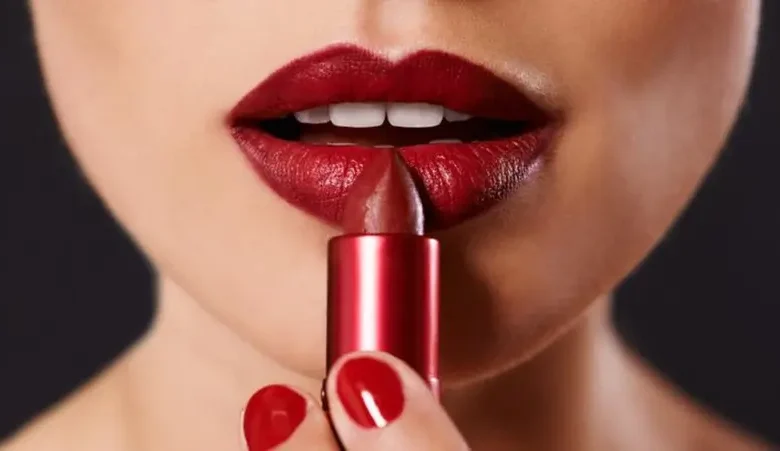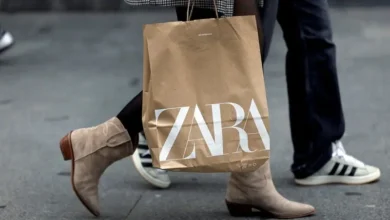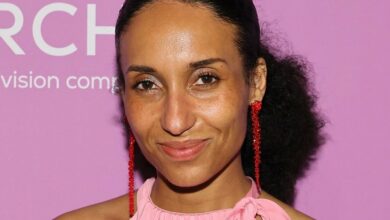Middle East beauty market set to reach $60 billion by 2025: Report

The Middle East and North Africa (MENA) beauty and personal care market is projected to reach $60 billion by 2025, up from its current valuation of $46 billion, according to a new report released by Beautyworld in collaboration with BeautyMatter.
The “Beautyworld x BeautyMatter 2024 Middle East Market Report: Past, Present, Future” offers an in-depth look at the region’s thriving beauty industry, tracing its evolution from ancient times to the present day and forecasting future trends.
Young demographic drives market growth
The report highlights the region’s young, digitally-connected population as a key driver of growth.
Under-30-year-olds make up 55 percentof the MENA population, compared to 36 percentin Organization for Economic Cooperation and Development (OECD) countries.
“Beauty companies wanting to tap into this influential younger consumer generation must have a digitally-savvy, values-first approach,” the report states, noting that Gen Z’s purchasing habits increasingly prioritize brands with storytelling, purpose, and unique selling points.
Flyn Roberts, Chief Commercial Officer of Messe Frankfurt Middle East, organizers of Beautyworld, commented, “We hope the report sets a new industry benchmark with the goal to bring key market data and research into one place to provide the global industry with a blueprint to better understand and capitalise on the growing opportunities for both local and foreign brands in this dynamic and ever evolving region.”
Double-digit growth across beauty categories
The report predicts double-digit growth across all major beauty categories in the region to 2027, with a total Compound Annual Growth Rate (CAGR) of 12 percent, the highest globally according to McKinsey and Euromonitor.
Key findings include that the global fragrance market is predicted to be worth $7.21 billion by 2032, largely driven by the UAE and Saudi Arabia; women in the Gulf Cooperation Council (GCC) countries spend an average of $63 on make-up and $52 on skincare per month; men in the GCC spend an average of $16 per month on skincare; and the MENA spa service market was valued at $25.77 billion in 2023.
Rise of A-beauty and regional brands
The report also spotlights the growing demand for A-beauty (Arab beauty) brands and products designed to meet the specific needs and preferences of Middle Eastern beauty consumers.
Kelly Kovack, Founder and CEO of BeautyMatter, said, “Our approach with this market report was to do a deep dive into an incredibly dynamic region to arm readers with data and intelligence framed with historic and cultural context to inform their Middle East strategies.”
The report cites examples of regional brands making an impact on the Western market, such as female-run Saudi-based Asteri and Omani luxury fragrance house Amouage, which are setting their sights on global expansion and international recognition.
Historical context
The report provides a unique historical perspective on beauty in the Middle East, noting that archaeologists recently uncovered what is presumably the earliest example of lipstick, dating back nearly 4,000 years.
Dr. Bibi Ghalaie, founder and Medical Director of Doctor Bibi Clinic in London, describes the definitive beauty aesthetic of the region as comprising “almond-shaped eyes, full lips, bold brows, sharp features, and a strong hairline.”
“The Middle Eastern beauty aesthetic has become a mainstream and aspirational beauty ideal for both men and women globally,” Dr. Ghalaie adds.
Social media impact
The report emphasizes the significant growth in e-commerce and social media in the Middle East over the last decade. Saudi Arabia, in particular, boasts one of the world’s highest online content consumption rates at 82 percent.
“Arab women view the digital world as an online expansion of their real-life community, with 71 percent of all women participating in social networking,” the report states.
The e-commerce sector in the Middle East is projected to reach $50 billion by 2025, reflecting the region’s rapid digital transformation.
Local ingredients and heritage
The report emphasizes the importance of local ingredients and heritage in the Middle East beauty market. Jane Henderson, Chair of Beauty and Wellness at the Mintel Group, states, “In the Middle East, consumers seek brands that value and use local resources, preserve indigenous traditions, and support local economies with 79 percent of Saudi Arabian consumers agreeing that heritage is an important part of their identity.”










